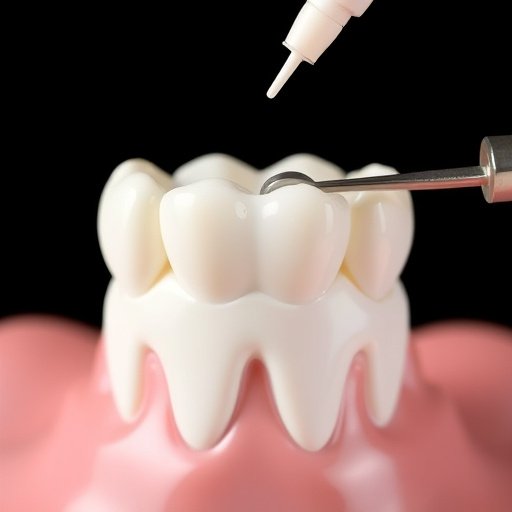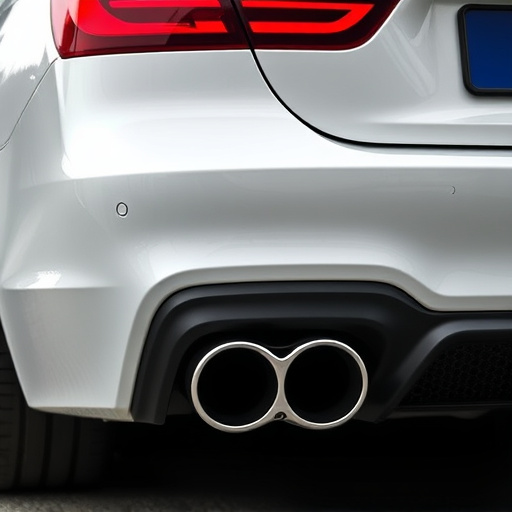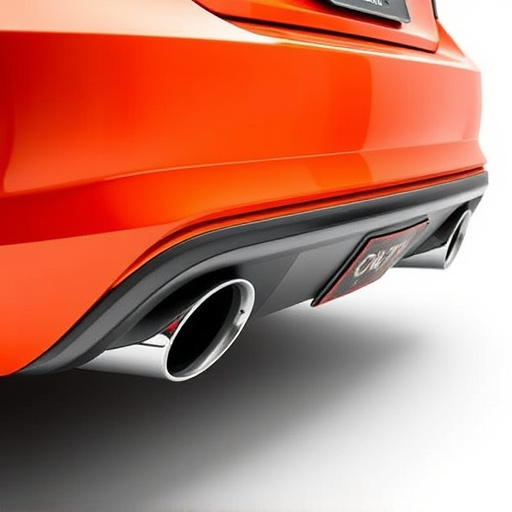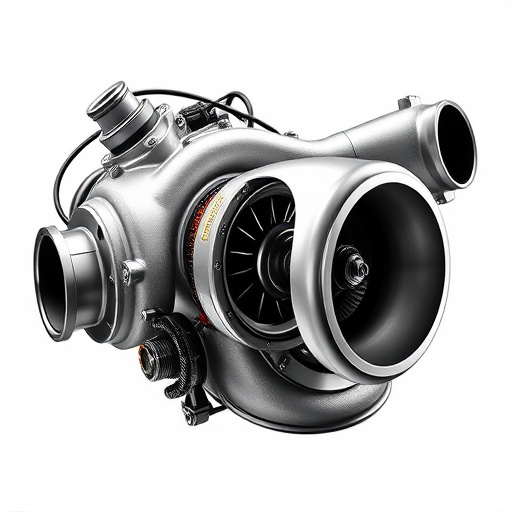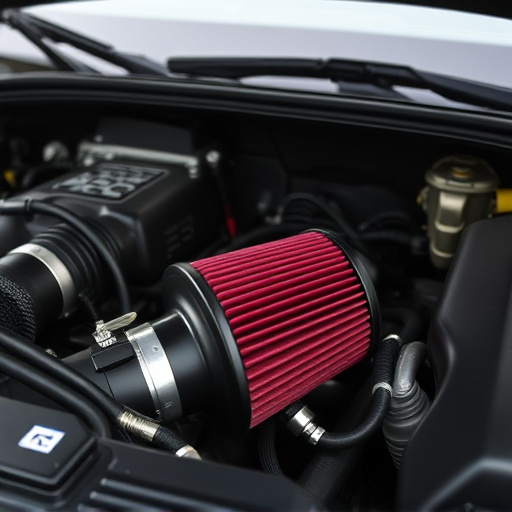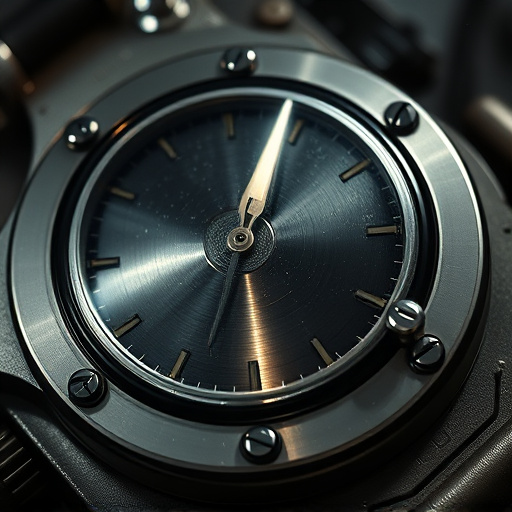A catalytic converter is a vital exhaust component that reduces emissions and maintains engine performance. Wear over time can lead to decreased performance and higher pollutants. Regular maintenance and prompt action extend its life. Replace it when issues like reduced performance or unusual exhaust noises occur. Ensure proper compatibility by matching to vehicle specifications, considering related parts like air filters and exhaust systems. Owners can choose between DIY installations or professional services, with the latter offering expertise and peace of mind but at a higher cost.
Looking to replace your catalytic converter? Understanding this essential component’s role in your vehicle’s exhaust system is the first step. Catalytic converters reduce harmful emissions, ensuring a cleaner environment. This guide navigates the process for different car models, exploring common requirements and various replacement options, from DIY projects to professional installation. Discover the best approach for your specific vehicle, focusing on safety, efficiency, and cost-effective solutions for your catalytic converter replacement needs.
- Understanding Catalytic Converters: Basic Function and Wear
- Common Car Models and Their Converter Requirements
- Replacement Options: From DIY to Professional Installation
Understanding Catalytic Converters: Basic Function and Wear
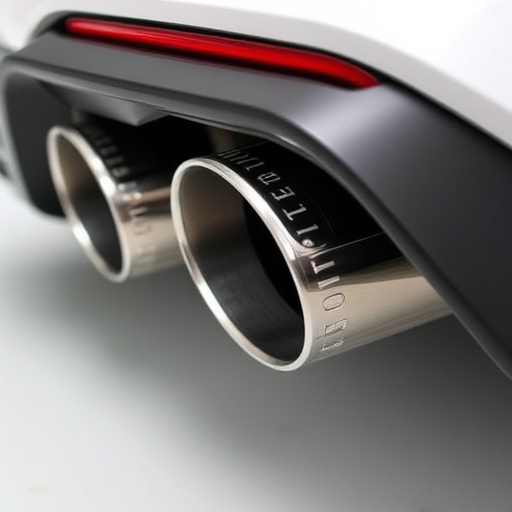
A catalytic converter is a vital component of your car’s exhaust system, responsible for reducing harmful gases and pollutants into less toxic substances. Its basic function is to facilitate a chemical reaction that breaks down carbon monoxide, nitrogen oxides, and hydrocarbon emissions into water vapor, carbon dioxide, and oxygen. This process not only improves air quality but also enhances the overall performance of your vehicle.
Over time, catalytic converters can wear out due to various factors such as heat exposure, heavy load conditions, or contamination from fuel or oil. Common signs that indicate the need for a catalytic converter replacement include reduced engine performance, increased exhaust emissions, and unusual noise coming from the exhaust tips or mufflers. Regular maintenance, including replacing performance air filters and addressing any issues promptly, can prolong the life of your catalytic converter.
Common Car Models and Their Converter Requirements
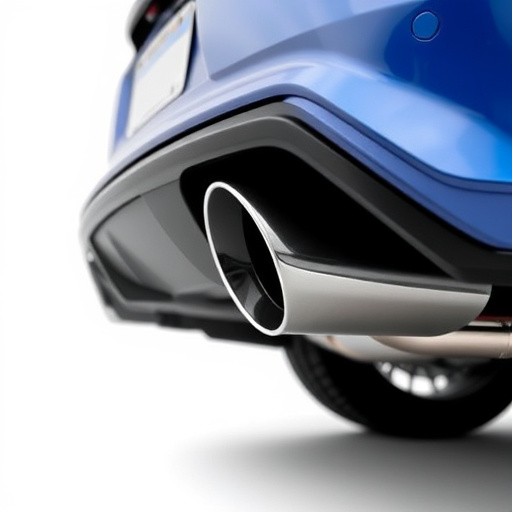
When considering a catalytic converter replacement, understanding your car model’s specific needs is paramount. Different vehicles require different types and configurations of converters due to variations in engine types, emissions standards, and performance characteristics. For instance, older models might necessitate high-flow converters for better efficiency, while newer cars often come with more advanced, space-efficient designs.
Common car models vary widely, from compact sedans to powerful SUVs, each with unique converter requirements. For example, many modern trucks may require replacement parts that accommodate heavier workloads and robust exhaust systems. Similarly, sports cars often demand converters optimized for peak performance and agile handling. Even within a single manufacturer’s lineup, specific models might have distinct converter needs based on their intended use—whether it’s daily commuting, off-roading, or high-performance driving. Therefore, owning the right air filter kits, exhaust systems, and in some cases, brake pads, is essential for ensuring your catalytic converter replacement parts are compatible with your vehicle.
Replacement Options: From DIY to Professional Installation
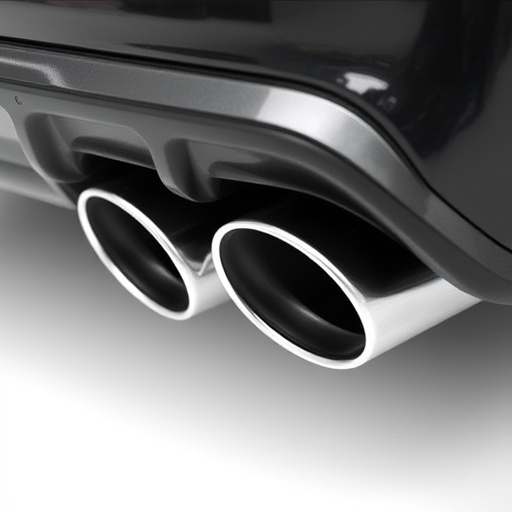
When it comes to catalytic converter replacement, there are a variety of options available for car owners, from do-it-yourself (DIY) installations to professional services. For those inclined and equipped with the necessary tools, replacing a catalytic converter can be a cost-effective way to maintain their vehicle. DIY converters often come as universal fitment parts that require minimal knowledge and skill, allowing folks to save money by avoiding dealer prices. These parts are typically easier to install compared to factory replacements, especially when there’s no need for additional modifications like with cold air intakes or exhaust mufflers.
However, professional installation offers its own set of advantages. Experienced mechanics have the expertise to handle more complex converter replacement processes, ensuring a precise fit and optimal performance. They also consider factors beyond just the converter itself, such as aligning with other components like performance brakes, for a smoother driving experience. While it might cost more, professionals can provide peace of mind, knowing that the job is done correctly and safely, which is crucial for preventing potential engine damage or emissions-related issues.
When considering a catalytic converter replacement, understanding your vehicle’s specific needs is key. With various car models requiring unique converter designs and materials, a one-size-fits-all approach doesn’t exist. Whether you opt for a DIY project or professional installation, knowing the differences between options ensures a safe and effective conversion tailored to your vehicle’s make and model. Explore these choices wisely, as the right catalytic converter replacement can significantly enhance your car’s performance and environmental footprint.




